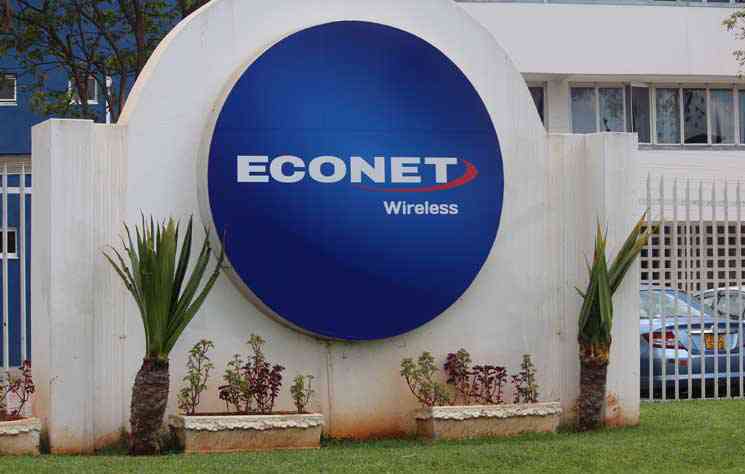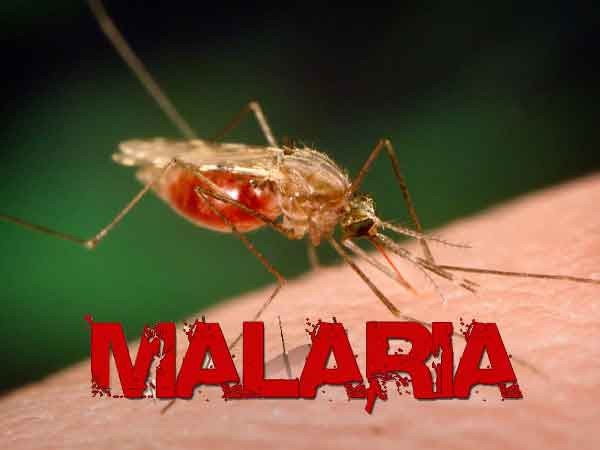
ON Monday last week, Zimbabwe received nearly US$1 billion from the IMF in special drawing rights (SDRs). The money is part of a US$650 billion package meant to help global economies recover from the impact of COVID-19.
The windfall has gotten the government excited, which is understandable for a country starved of foreign direct investment or significant foreign currency inflows.
Zimbabwe’s investment climate has remained bleak despite the exit of former strongman, the late former President Robert Mugabe, who died last year, three years after his military chiefs kicked him out of office in a coup. The regime of his successor, Emmerson Mnangagwa has not fared better, despite selling itself as the Second Republic disputed elections, worsening human rights violations, policy missteps, regulatory overreaches and an unstable currency have kept investors away.
So yes, the money is desperately needed. The foreign currency auction system, which was meant to create an equitable platform for allocating the scarce resource to companies, is not working and allottments from the weekly auctions are several weeks behind, creating nearly a 300 million backlog. This has left many business leaders and analysts questioning the point of the market as forex shortages were undermining confidence in the system while it was failing to bridge the widening gap between the official exchange and the black-market rates. Ncube has said about half of the SDR funds may go towards supporting the local currency.
So, what are we going to do with the rest of the money?
Finance minister Mthuli Ncube wrote: “The IMF’s declaration that Zimbabwe will have access to deploy nearly US$1 billion in special drawing rights, is just the booster this economy needs. This move is a truly encouraging vote of confidence from the international community in the New Zimbabwe, its reforms, and its positive direction.
“How we spend these funds is vital. We intend to focus the SDRs on areas that support this robust economic recovery and importantly support key social programmes. Allocation can, thus, be broken into four main areas: The social sector; covering health, education, and the social safety nets, productive sector; supporting agriculture, industry and manufacturing, and the mining sector; infrastructure investments, and contingency resources, and foreign currency reserves for supporting macro-economic stability going forward. These SDRs will, therefore, target the areas that have been hit hardest by the pandemic and provide a crucial lifeline to the most vulnerable members of our society, many of whom are yet to the feel trickle down effects of the macro-economic stabilisation.”
He promised investment into hospitals across the country, while purchasing new equipment ensuring quality healthcare.
- Chamisa under fire over US$120K donation
- Mavhunga puts DeMbare into Chibuku quarterfinals
- Pension funds bet on Cabora Bassa oilfields
- Councils defy govt fire tender directive
Keep Reading
Likely, however, the VVIP hospital which is being constructed at Manyame Airbase in Harare will get priority for funding and state-of-the-art equipment while public hospitals will remain at the mercy of the elements and neglected as they have been for decades.
So far, according to reports, Ncube has reported that he had committed to $270 million to the hospital and the structure is almost complete. This new hospital is meant to benefit the country’s VVIPs and service chiefs, who have often been accused of blowing large sums of foreign currency seeking medical treatment in foreign lands.
Will the public see any benefit from the US$1 billion? Don’t bet on it.











